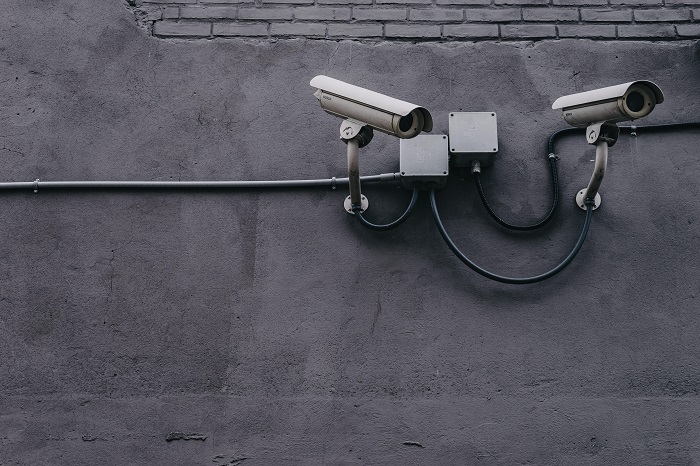Anyone with a WordPress site should take steps to secure it, especially if they don’t have any formal security measures in place. WordPress is an open-source content management system, so there are many ways for attackers to gain access to your site and steal your data. This article will show you how to protect your WordPress site from common attacks and help you set up basic security measures.
Basic Security Measures
WordPress is a popular content management system (CMS) used by millions of webmasters. While it’s easy to set up and use, there are some basic security measures you can take to protect your site from unauthorized access and vandalism.
First, ensure you have a strong password protecting your WordPress site’s administrator account. This account should only be used by someone who knows the site’s complete configuration. Additionally, change the password regularly and make sure it is not easily guessable.
Also, keep track of who has access to your site’s files and folders. Make sure only authorized users have access to files and folders containing sensitive data (such as your site’s login information). Restrict user rights on sensitive data files to only those users who need them.
Finally, make sure your website is running on a secure server. Use a firewall to protect your computer from attack and host your website on a reliable platform that is well-protected against hacking.
Automating Security Updates
The biggest headache when it comes to securing a WordPress site is making sure that all the necessary updates are installed and running. Fortunately, there are some great security plugins that can automate this process for you. Here are five of the best:
Wordfence Security: This plugin is designed to scan your site for vulnerabilities and outdated plugins and then install the latest security patches and updates. It also has a firewall, spam blocker, and malware removal capabilities.
SiteLock: This plugin scans your site for vulnerabilities and outdated plugins, then reports any issues to you in an easy-to-read format. SiteLock is a cloud-based security tool that scans your website for malware and vulnerabilities. SiteLock not only detects threats but can also fix problems or security risks it encounters on your web space.
Patchstack: Patchstack, formerly known WebArx as is an advanced WordPress security tool with a long list of available features such as plugin vulnerability detection, HTTP security header detection, and WordPress core vulnerability detection. Patchstack is powered by the WordPress ecosystem’s most active community of ethical hackers.
Cloudflare: Cloudflare’s free WordPress plugin improves SEO, speeds up page loads, and protects against DDoS attacks and WordPress-specific vulnerabilities. Cloudflare Security is a great plugin for those who want to take their site offline in case of an attack. It encrypt all traffic between your WordPress site and the internet, so even if someone were to gain access to your site.
How do I secure my WordPress website without plugins?
WordPress makes it easy to add security measures by using plugins, but you can also take a few simple steps to secure your site without them.
First, ensure you have strong passwords for all your site’s accounts. This includes the username (admin), password, and WordPress account. Also, make sure that you’re using a secure connection (SSL) when connecting to your site.
Next, configure your site’s security settings to restrict access to certain parts of the website by using custom posts and pages. You can also disable comments on specific posts and pages. Finally, disable guest blogging and sharing your site’s URL with others.
These simple steps will help protect your WordPress website from unauthorized access and theft while still allowing you to keep up with the latest trends and features in WordPress blogging.
Steps to keep your WordPress site from getting hacked?
- Always be up-to-date with the latest security patches. WordPress updates itself regularly, so make sure to check for new versions and update your site as soon as possible.
- Use a secure password. Don’t use easily guessed words or easy-to-guess passwords like “password” or “1234”. Choose a strong password that is unique to you and keep it secret.
- Don’t store personal information on your WordPress site. If someone does manage to get access to your site, they will likely be able to steal your username and password as well as any other personal information you have stored on the site.
- Protect your site from unauthorized access using a firewall and antivirus software.
- Be aware of phishing scams targeting WordPress users. Phishing attacks are attempts by criminals to steal user credentials by tricking them into entering them into fake websites. Be sure never to enter your login credentials anywhere other than the official WordPress website.
What is the best security plugin for WordPress?
There are several WordPress security plugins that can help secure your site. The most popular is All In One WP Security & Firewall, an open-source software. It offers a variety of features to protect your site, including malware scanning and intrusion detection. In addition, it employs an unprecedented security point grading system to assess how well your site is protected based on the security features you have enabled. The security and firewall features are classified as “basic,” “intermediate,” or “advanced.”
Several other security plugins are also available, including Akismet for spam protection and CloudFlare for adding security to your site’s traffic. It’s important to choose the plugin that best suits your needs and to test it before using it on a live site.
